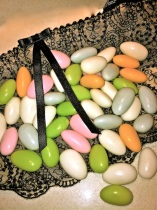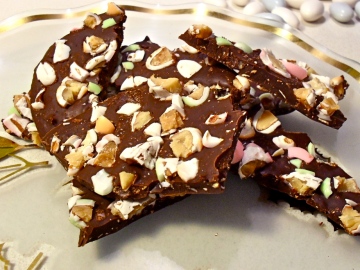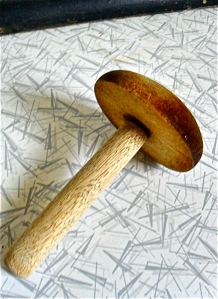Two weeks ago, the son of the man who invented the Moka coffee pot died in Switzerland aged 93 and received a fitting send-off.
As a tribute to his gift to coffee lovers, Renato Bialetti’s ashes were placed in an over-sized replica of the famous coffee pot at his funeral near Milan. His father Alfonso invented the aluminium, eight-faceted stovetop coffee pot in 1933 and Renato took over the business in 1946. Soon afterwards, he mounted a marketing campaign so successful it took the Moka from the markets in Piedmont to kitchens throughout Italy.
The result? Nine out of ten Italian households own a Moka and over 300 million have been sold worldwide.

Up until then, coffee drinking in Italy took place in cafes or other public places before the Napoletana (drip) stovetop coffee pot was invented in the late 19th century for home use. I love the Napoletana (see my previous blog post for an explosive memoir) and it does a fine job but for those who like their coffee espresso-strong, nothing beats the Moka.
I applaud the use of ashes contained in something special associated with the deceased. I wonder if the Italian inventor of Nutella, Pietro Ferrero ended up in a large, branded jar of the chocolate hazelnut spread when he died in 1949, but it would have been a fitting send-off too.
This is so much more creative than a cardboard shoebox. Except possibly in the case of the late Italian shoe designer Salvatore Ferragamo.
I’m not sure if Renato Bialetti requested the funeral-sized coffee pot or if it was his children’s idea, but for the record, I’m liking the idea of a large marmalade jar for my remains. The label should read ‘Ambrajambra’ Mandarin Marmalade Queen.
But back to coffee. I’m raising a cup to signor Bialetti with my current drink of choice – a Caffe Shakerato (iced, strong, sweet black coffee) – to beat this hot humid Sydney summer weather.



















